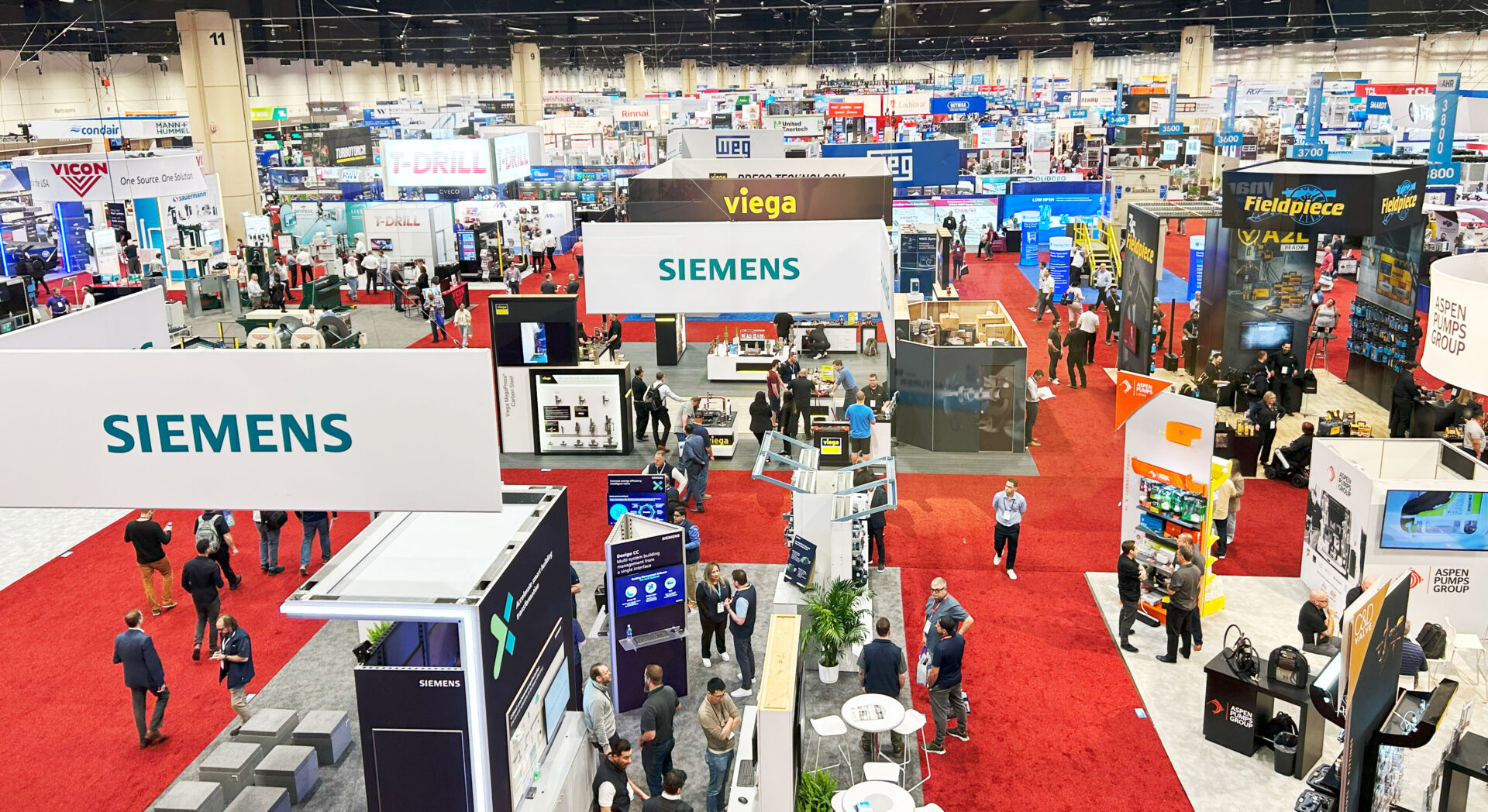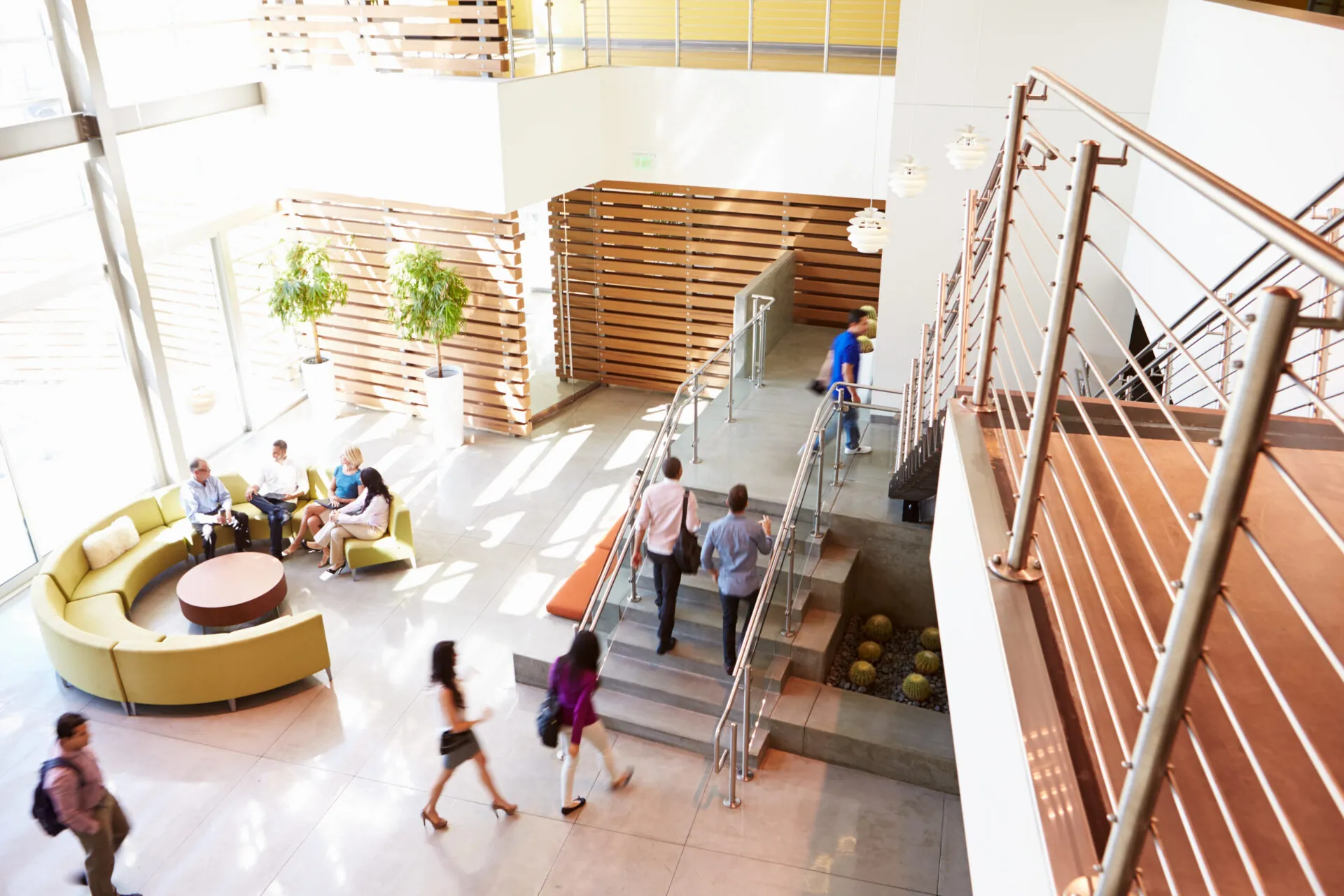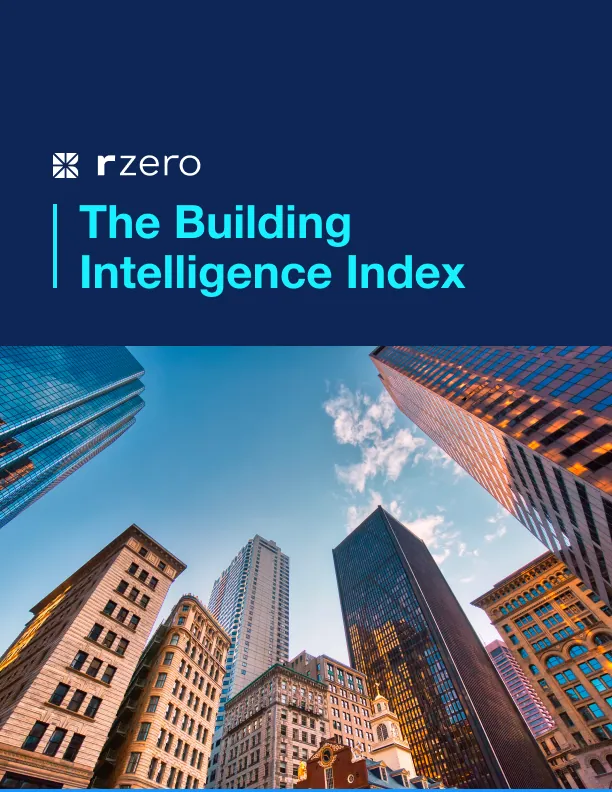
What is the Right CO2 Level in Commercial Buildings for Productivity and Comfort
In the modern workplace, creating environments that boost productivity and enhance occupant comfort is crucial. One often overlooked factor in achieving this is the management of indoor carbon dioxide (CO2) levels. CO2 serves as a key indicator of ventilation quality in buildings, which directly impacts occupant performance and overall indoor comfort.
Why CO2 Levels Matter for Workplace Performance
Elevated concentrations of CO2 typically signal poor ventilation and a higher risk of accumulating other indoor pollutants. While direct exposure to high CO2 levels, typically above 2000 parts per million (ppm), can lead to discomfort and decreased cognitive function; and moderate increases can hint at inadequate air exchange rates and overall poor IAQ.
A workspace with elevated CO2 can result in lower employee productivity, higher absenteeism, and decreased overall workplace satisfaction. That’s why understanding and managing these levels is more than just a matter of compliance; it directly impacts business performance.
What CO2 Levels are Ideal for Commercial Spaces?
While acceptable CO2 levels can vary based on industry standards, most guidelines suggest that indoor CO2 levels should remain below 1000 parts per million (ppm) to ensure good air quality and comfort. When CO2 levels reach or exceed 1500 ppm, it’s a sign that ventilation may need improvement.
The American Society of Heating, Refrigerating and Air-Conditioning Engineers (ASHRAE) recommends maintaining CO2 levels within 700 ppm above outdoor air levels, to ensure that indoor spaces are well-ventilated and conducive to higher performance.
Challenges in Maintaining Optimal CO2 Levels
But managing CO2 levels effectively can be a challenge. Traditional air quality monitoring methods often rely on sporadic manual checks, which provide limited insights into real-time air quality trends. These legacy systems also require manual intervention, making it difficult to adjust ventilation proactively.
R-Zero addresses these challenges with smart, automated monitoring solutions. Our real-time systems track CO2 levels continuously, offering building managers the data they need to ensure optimal air quality for productivity and comfort. With this approach, businesses can maintain consistent indoor air conditions around the clock without the need for manual oversight.
CO2 Monitoring in Learning Environments: Why it Matters for Schools
Beyond workplaces, maintaining optimal CO2 levels is critical in learning environments. Studies show that students’ cognitive performance, focus, and overall learning experience can be directly impacted by indoor air quality and ventilation. Classrooms with elevated CO2 levels can contribute to fatigue, reduced attention spans, and slower processing of information, ultimately affecting academic performance.
Schools and educational facilities that monitor and manage CO2 levels can create healthier, more conducive learning environments. Ensuring proper ventilation and optimal CO2 levels in classrooms promotes better concentration and cognitive function, helping students perform at their best.
By investing in effective air quality monitoring, schools can enhance not only the comfort of their spaces but also the academic outcomes of their students.
Proactive CO2 Monitoring for Better Indoor Performance
At R-Zero, we understand the direct connection between air quality, CO2 levels, and performance. Our advanced air quality monitoring solutions empower buildings owners and operators to take a proactive approach to managing indoor air environments. Here’s how we help:
Real-time Monitoring: Our sensors track CO2 levels 24/7, ensuring your building remains within recommended thresholds. This automated approach means you always have an up-to-date understanding of air quality and can make the necessary adjustments to improve indoor comfort.
Data-driven Insights: Our analytics platform provides actionable insights based on real-time and historical CO2 data. This enables building managers to make informed decisions to improve ventilation, optimize air circulation, and ensure that occupants experience maximum comfort and productivity.
Seamless Integration: Designed to work with existing building systems, R-Zero’s monitoring solutions integrate seamlessly, allowing for easy implementation without disrupting daily operations.
Why Optimizing CO2 Levels Leads to Better Business and Educational Outcomes
Improved CO2 management isn’t just about maintaining a comfortable space—it’s a strategic move to enhance employee and student performance. Studies show that lower CO2 levels are linked to better cognitive function, increased focus, and improved decision-making abilities. By maintaining optimal air quality, businesses and schools can create environments where employees and students thrive, leading to higher productivity, better outcomes, and overall success.
Additionally, optimizing air quality helps reduce the strain on HVAC systems, leading to fewer equipment failures and reduced maintenance costs, like those associated with filter replacement. This not only enhances operational efficiency but also contributes to long-term savings on energy and repairs.
Improve Your Workplace or Classroom IAQ with R-Zero
R-Zero’s innovative IAQ solutions are designed to give you real-time control over your building’s air quality, helping you achieve the highest levels of performance and comfort for employees and students alike. Interested in learning more? Reach out to R-Zero to explore how our IAQ monitoring systems can elevate your workplace or school environment.
More posts you might like
-

3 Key Takeaways from AHR Expo 2025: What’s Shaping the Future of HVAC
The 2025 AHR Expo brought together HVAC industry leaders, innovators, and professionals to showcase the latest advancements in heating, ventilation, and air conditioning. Here are the key insights that stood out from our team on the ground. 1. Smart Technology is Enhancing, Not Replacing, Traditional HVAC A significant shift observed at this year’s expo is […]
-

Webinar Recap: Redefining Energy Efficiency
As commercial energy costs continue to rise, building operators are looking for faster, cost-effective solutions to reduce waste and improve efficiency. Heating, Ventilation, and Air Conditioning (HVAC) systems account for nearly 60-70% of total building energy consumption, making them one of the largest opportunities for savings. However, traditional HVAC systems often operate on outdated schedules, […]
-

Wildfire Smoke: Understanding the Impact on Indoor Air Quality
As we face yet another intense wildfire season, with significant events already impacting regions across the country, the challenges to air quality, both outdoors and indoors, are more pressing than ever. Wildfires contribute up to 50% of “ultrafine” particles in the air; tiny pollutants that can travel hundreds of miles and infiltrate indoor spaces, affecting […]

